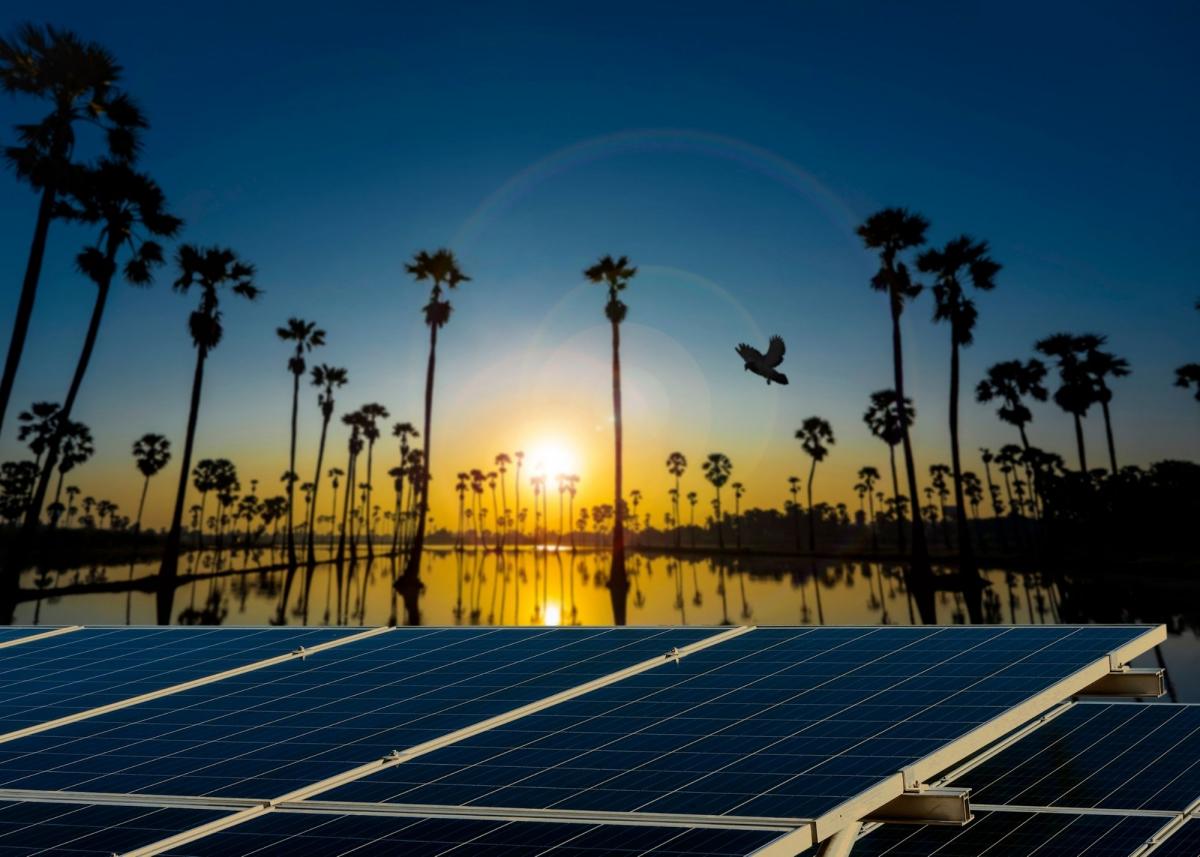California’s pioneering development of new microgrid tariffs will create a revenue stream for microgrids and advance related technologies, and will likely serve as a model for other states.
Amid widespread public safety power shutoffs related to wildfires and extreme weather events, the California Public Utilities Commission (CPUC), approved new rules for how the state’s three largest investor-owned utilities (IOUs) will simplify and support microgrid deployment to ensure grid resilience and backup power capabilities.
On January 14, California regulators adopted new rules, rates and tariffs that aim to reduce barriers to microgrid development and accelerate the commercialization of microgrid technologies. The new regulations require each of the state’s three largest IOUs–Pacific Gas & Electric (PG&E), Southern California Edison (SCE) and San Diego Gas & Electric (SDG&E)–to adjust existing policies to better support the deployment of microgrids throughout California.

The new rules mandate that IOUs create tariffs to prevent cost-shifting of microgrid projects for their territories. The rules also allow local government microgrids to provide power to critical customers on adjacent parcels. Under these new regulations, IOUs are asked to develop pathways for evaluating and approving “low-cost, reliability electrical isolation methods to evaluate safety and reliability.”
In addition, the CPUC requires that IOUs create a $200 million Microgrid Incentive Program to fund clean energy microgrids that support the critical needs of vulnerable communities impacted by grid outages and test new technologies and regulatory approaches.
CPUC commissioner Genevieve Shiroma explained the decision’s balanced intention is, “to reduce barriers for the commercialization of microgrids while keeping ratepayer equity in mind and supporting vulnerable and low-income communities.”
In outlining the policies, regulators also prioritized a pathway to ensure microgrids are contributing to the state’s clean energy goals in the recent decision. Under the new rules, IOUs are asked to determine how best to implement “clean temporary generation in 2022 and beyond” and to consult with local air quality agencies to ensure temporary generation complies with applicable air regulations with a goal to reduce criteria pollutants by 90%.
With the ever-present threat of wildfires across the state and frequent public safety power shutoffs, resiliency has become a high priority. Regulators are focused on streamlining microgrid development.
“[T]he Decision addresses resiliency to keep customers energized for the upcoming 2021 fire season, including a transition plan to clean back-up generation for 2022 and beyond,” Shiroma said in a statement.
Regulators hope that the new rules support the development of microgrid projects in the state while helping to create a revenue stream for microgrids and advance related technologies.
“In addition to a new tariff, the newly approved incentive program and working groups will help us chart a path towards building a stronger, more resilient grid with insights into the costs and benefits of microgrids,” CPUC President Marybel Batjer explained.
HOMER software delivers industry-leading system simulations, optimization, sensitivity analysis and best-in-class storage models across three categories of hybrid systems: islanded microgrids, grid-connected distributed generation, and front-of-the-meter utility-scale storage and hybrid systems.
Learn More
Visit UL Solutions HOMER® software to learn more about HOMER Pro, HOMER Grid and HOMER Front modeling and optimization software, download complimentary trials, sign up for training and explore our extensive knowledge base and other support documents.
